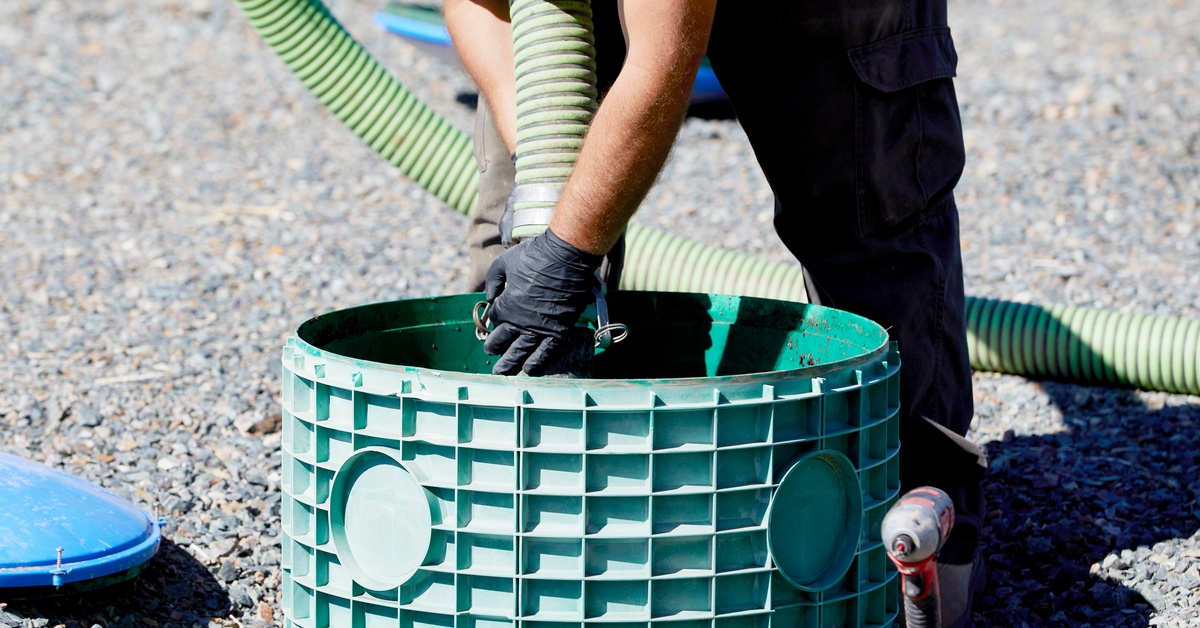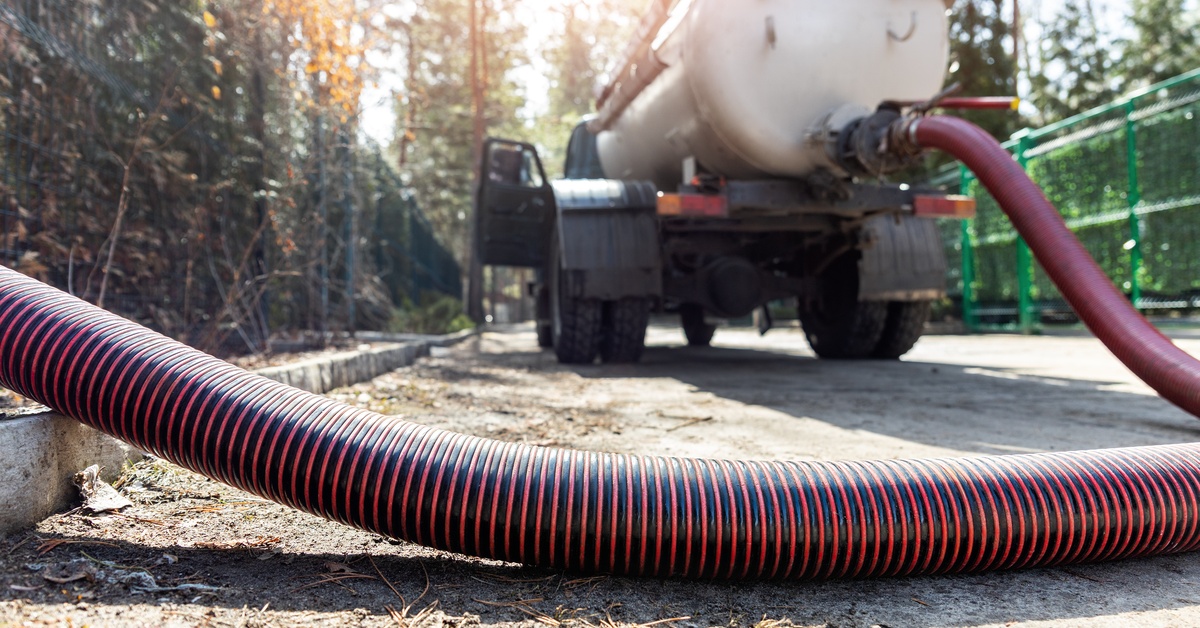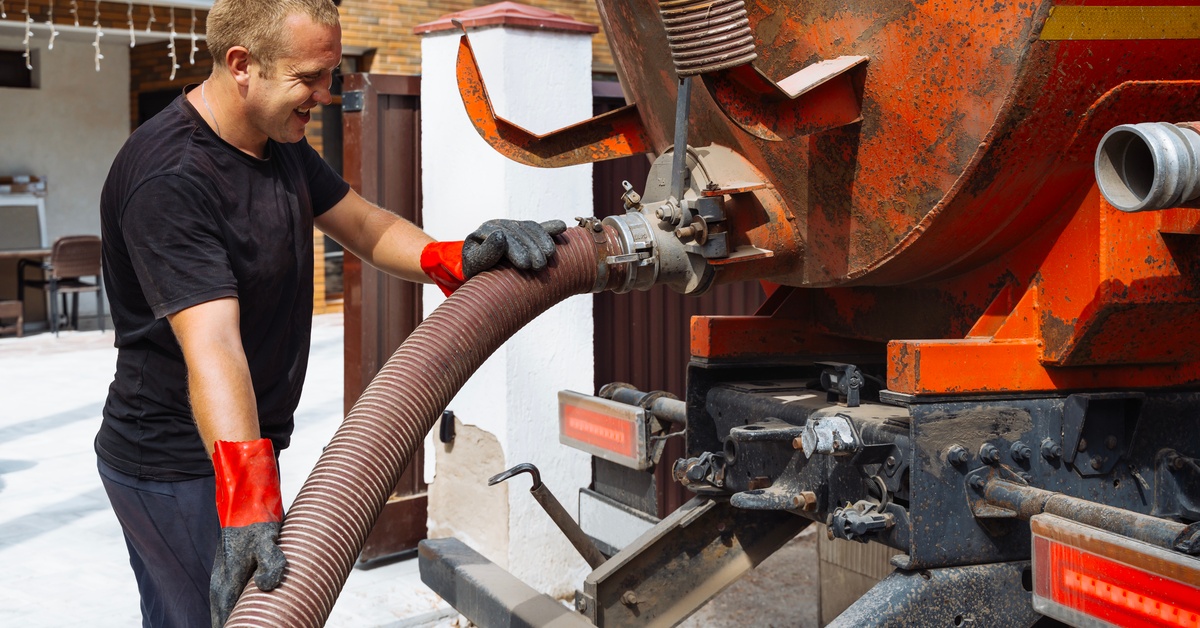
Author: Tyler Mashek
Selecting the appropriate industrial hose is a key decision that directly impacts operational safety, efficiency, and system longevity. A hose that is ill-suited for its intended application can lead to premature failure, costly downtime, and significant safety hazards. This guide provides a detailed methodology for choosing the correct discharge or suction hose by examining essential selection criteria, material properties, and hose types.
A systematic approach to hose selection ensures that all operational variables are considered. The acronym S.T.A.M.P.E.D. is a widely used industry standard for identifying the critical parameters for hose specifications.
The inside diameter (ID) of the hose is crucial for achieving the desired flow rate. An undersized hose will restrict flow, increase friction loss, and elevate pressure, potentially overworking the pump and increasing energy consumption. Conversely, an oversized hose may result in a sluggish flow rate and inefficient system performance. The ID must match the system's fittings and components to ensure a secure, leak-free connection.
Every hose is manufactured with a specific operating temperature range. This range applies to both the temperature of the media being conveyed and the ambient environmental temperature. Exceeding the maximum rated temperature can cause the hose material to soften, lose its pressure-holding capability, and degrade prematurely. Operating below the minimum temperature will make the hose stiff and can cause the material to become brittle and crack.
Understanding the application involves defining the context in which the hose will be used. This includes factors such as the work environment, whether the hose will be subjected to abrasion or external impact, the required bend radius, and exposure to UV light or ozone. For instance, a hose used on a construction site requires a much higher abrasion-resistant cover than one used in a clean-room environment.
The chemical compatibility between the hose materials and the media being transferred is paramount. The hose tube, cover, and fittings must all be resistant to the chemical properties of the fluid. Transferring an incompatible substance can cause the hose to swell, dissolve, or leach contaminants, leading to catastrophic failure and potential environmental or safety incidents. Always consult chemical compatibility charts provided by the manufacturer.
The system's working pressure must not exceed the maximum rated working pressure of the hose. It is also important to account for potential pressure spikes or surges within the system. Suction hoses have a vacuum rating, typically measured in inches of mercury (inHg), which indicates their ability to resist collapse under negative pressure. Selecting a hose with an appropriate pressure rating is nonnegotiable for safe operation.
The type of couplings or fittings must be compatible with the hose and the connecting equipment. The attachment method (e.g., crimping, banding, clamps) must be secure enough to withstand the system's working pressure without leaking or blowing off. The material of the fittings must also be chemically compatible with the media.
While related to size, delivery specifically considers the volume of fluid to be moved over a specific period. This calculation helps determine the optimal combination of hose diameter and pump capacity to achieve the required performance efficiently.

Hoses are manufactured from various materials to suit specific applications. The choice of material dictates the discharge or suction hose's flexibility, durability, and resistance to chemicals and temperature.
These are among the most common types of industrial hoses.
These hoses are engineered to handle hydrocarbons without degradation.
Used for conveying abrasive materials such as sand, gravel, cement, or agricultural products.

Proper care is essential for maximizing the service life of any hose and ensuring continued safety.
Choosing the right discharge or suction hose is not merely a matter of procurement; it is a critical safety and operational decision. A correctly specified hose ensures the safe containment and transfer of media, protects personnel and the environment, and maximizes system efficiency. By applying the S.T.A.M.P.E.D. methodology and understanding the properties of different hose materials, you can select a product that provides reliable, long-lasting service and contributes to a safer, more cost-effective operation.